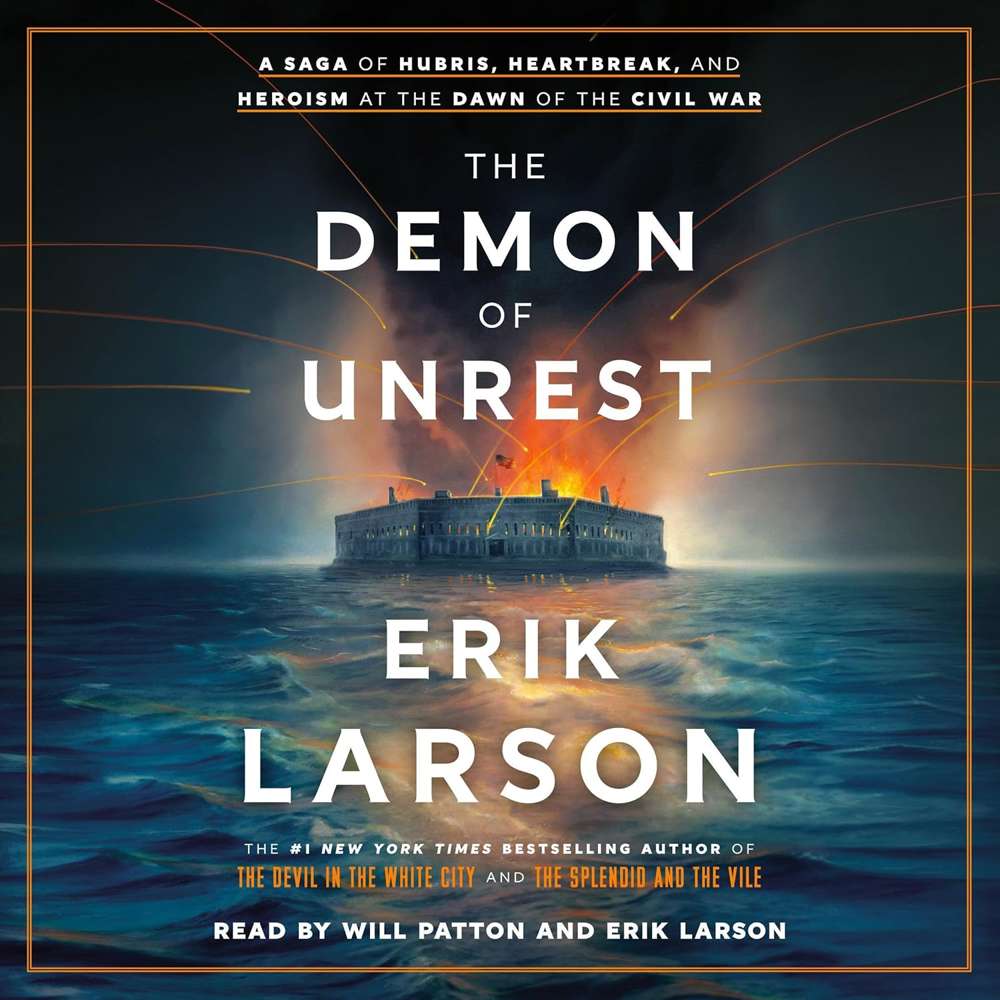
Erik Larson's 'The Demon of Unrest' isn't just another Civil War book—it's a masterclass in tension-building. The way he zooms in on those six chaotic months between Lincoln's election and Fort Sumter feels like watching a slow-motion train wreck you can't look away from. I found myself holding my breath during Major Anderson's desperate pleas for supplies, only to be met with Washington's eerie silence.
The book’s real strength lies in its characters. Anderson, the reluctant Union hero, is portrayed with such humanity that I felt his exhaustion through the pages. Meanwhile, Edmund Ruffin’s fanaticism is downright chilling—especially when you realize how easily one man’s rhetoric can ignite a powder keg. Larson makes you smell the gunpowder and feel the Charleston humidity as tensions escalate.
What surprised me most was Lincoln’s portrayal—not as the legendary figure we know today, but as a novice leader fumbling in the dark. His draft edits with Seward had me muttering 'Just trust your instincts!' at the pages. The parallels to modern political divisions are unsettling; Larson might as well have held up a mirror to 2024.
Minor gripes? The abrupt character introductions early on made me flip back pages occasionally, and slavery’s economic entanglements could’ve used more exploration beyond Southern aristocrats’ diaries. But when Confederate cannons finally roar on page 276, none of that matters—you’re right there in Fort Sumter’s crumbling walls.
This isn’t dry history—it’s a thriller with footnotes. Perfect for readers who want their nonfiction to pulse with urgency, though Civil War buffs might crave deeper military analysis. That haunting final line about ‘better angels’ lingers long after closing the book.

